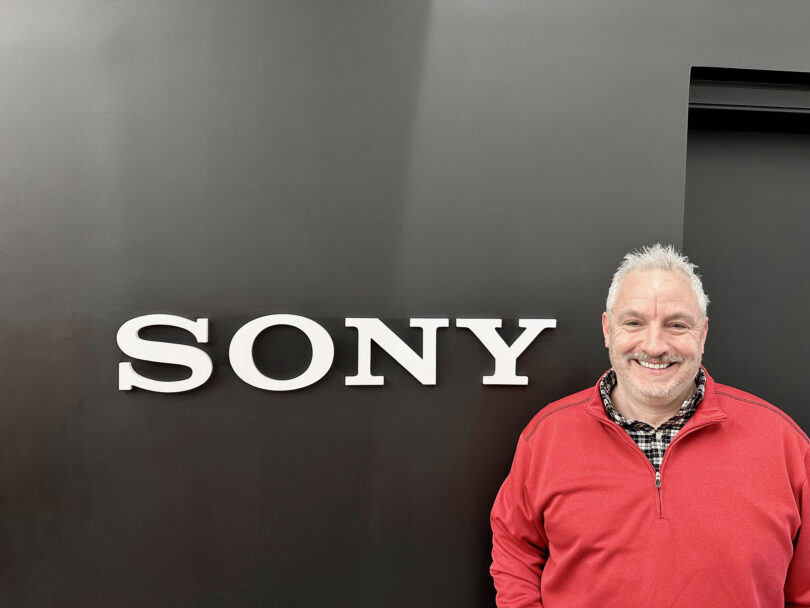The recorded archives of Sony Music, one of the largest entertainment companies in the world, stretch back more than 125 years. Their value is so high that most of the original production sources are stored in a NORAD-like fortress under a mountain in an undisclosed location.
But Timothy J. Smith has access to everything.
Smith AB ’98 is Legacy Recordings (the catalog division of Sony Music) artists and repertoire director of digital audio research and development. That’s his title, anyway. But his job is perhaps better described as a musical treasure hunter.
“What we’re trying to do is to make the more classic music accessible on digital platforms and to put it in front of a new generation. Because, to me, so much classic music we have incredible access to is timeless,” says Smith. He and his A&R team comb the back catalogs of Sony artists for rare, undiscovered, unreleased, or previously unknown songs.
It’s an ideal role for a longtime music fanatic.
Smith spent his formative years in South Orange, New Jersey, making mixtapes, and the experience stuck. (He even uses timmys_digital_mixtape as his Instagram handle.) He played in alternative rock bands, too. One of them, Astronaut, was good enough to open shows in the early ’90s for arena rock titans like Smashing Pumpkins and Dinosaur Jr. But the band couldn’t quite reach headliner status. So Smith took stock at the ripe old age of 23 and enrolled at UGA.
He majored in English but was never far from the Classic City’s vibrant music scene. In between his full-time studies, Smith played DJ gigs, wrote album and concert reviews for local publications, and even managed a local band. But he knew that if he didn’t step away from performing, he might not ever escape his rock star dreams.
So he channeled that energy in a different way. Smith moved back home to New Jersey after graduating and got a job in Sony Music’s Legacy Recordings division in New York City. In his 25 years at Sony, Smith’s held various roles, but he’s spent the majority of his time with Legacy, where he compiles collections of artists ranging from Bruce Springsteen to Billy Joel to Duke Ellington to Ozzy Osbourne to Cheap Trick. He doesn’t often travel in person to the mountain archive, but the knowledgeable staff, with whom he works closely on a daily basis, are never more than a few keystrokes away.
That’s always my hope: that there is something musical that may have been originally overlooked that my team and I can put into the universe, and the universe says, ‘This is it. This means something to me.’” — Timothy J. Smith, Director of A&R Digital Audio Research and Development, Sony Legacy Recordings
Recently, Smith has branched out into the curation and sequencing of movie and TV soundtracks, an area where he displays a deft hand and ear.
In 2018, Smith earned two Grammy compilation producer nominations for the soundtracks to the Oscar-nominated film Lady Bird and the first collection of the Netflix hit Stranger Things. Smith’s third Grammy nomination came last year for the 2022 soundtrack to Stranger Things season 4.
That collection of early to mid-’80s classics gave Smith perhaps his biggest cultural impact when Kate Bush’s prominently featured song “Running Up That Hill” became a massive hit more than 30 years after its original release. The single—which was not a Sony song, Smith notes, and was used with permission—dominated streaming services playlists for listeners across generations. Soon after, Bush was, fittingly, inducted into the Rock & Roll Hall of Fame.
Smith is quick to credit Stranger Things creators The Duffer Brothers and music supervisor Nora Felder for their creative leadership on the project. But with responsibility for the soundtrack sequencing—as any good mixtape creator knows—Smith is certainly a senior partner in the work.
The whole episode is a case study in digging up an old musical treasure and making it new again.
“That’s always my hope: that there is something musical that may have been originally overlooked that my team and I can put into the universe, and the universe says, ‘This is it. This means something to me,’” Smith says.







